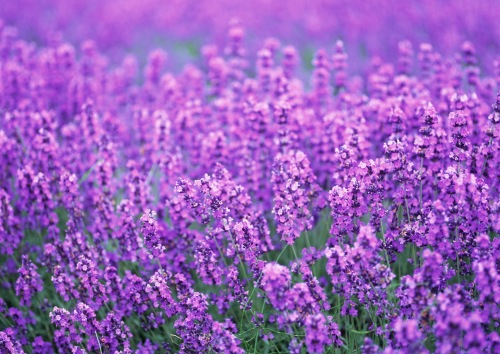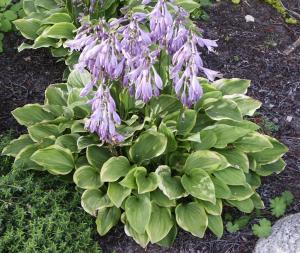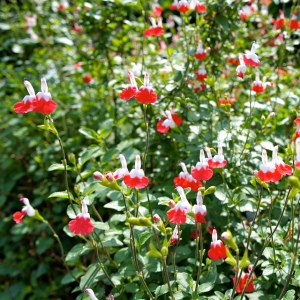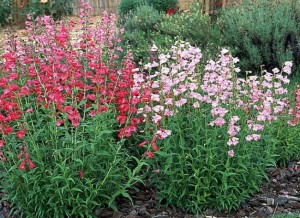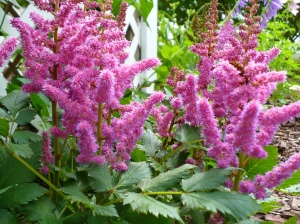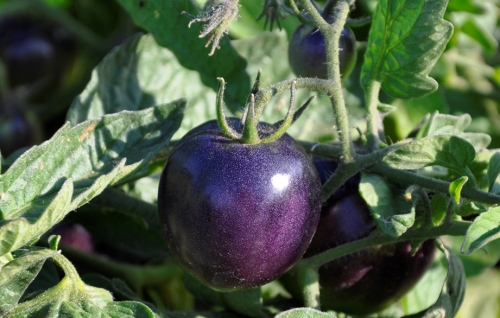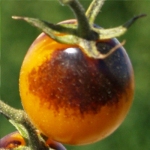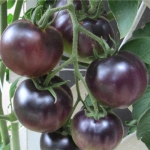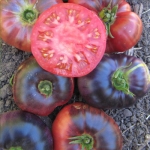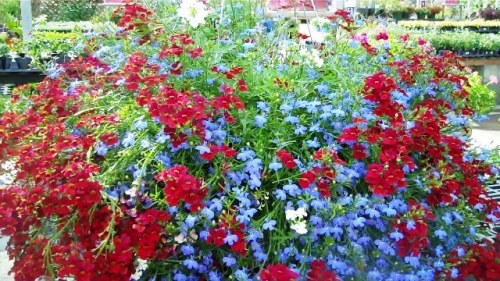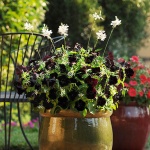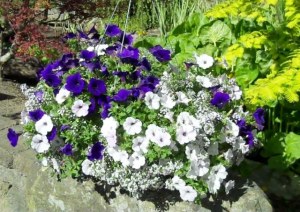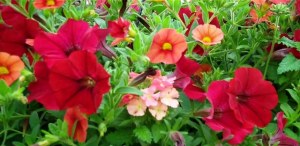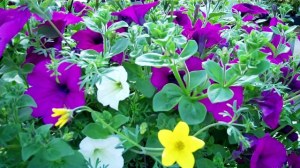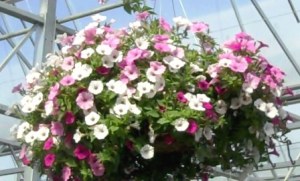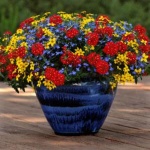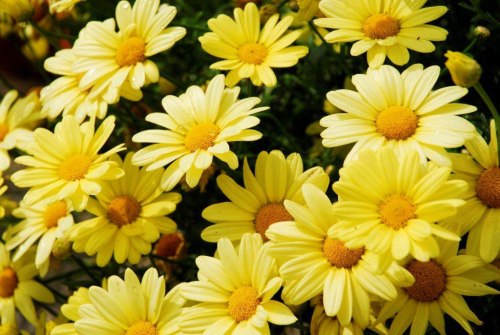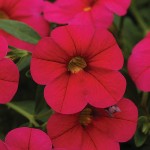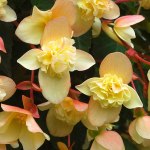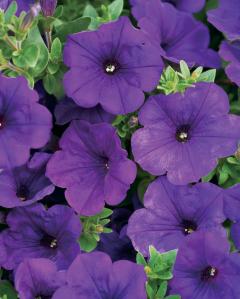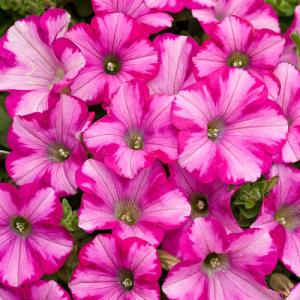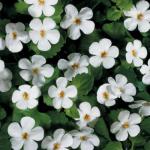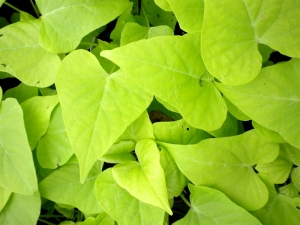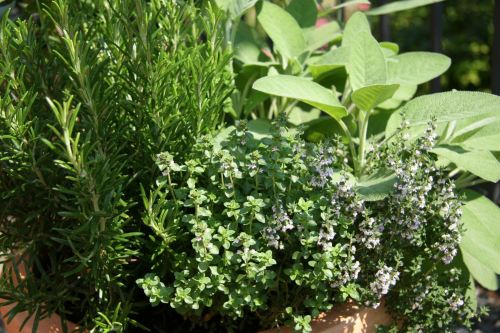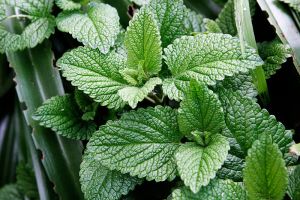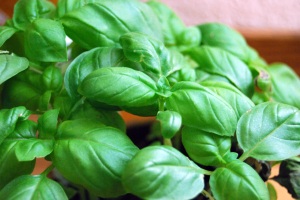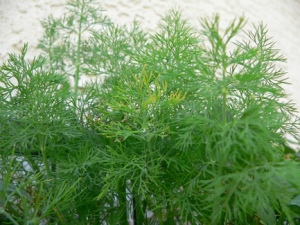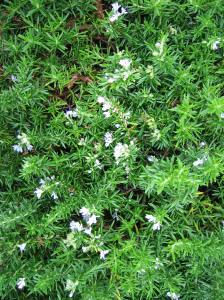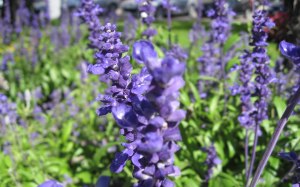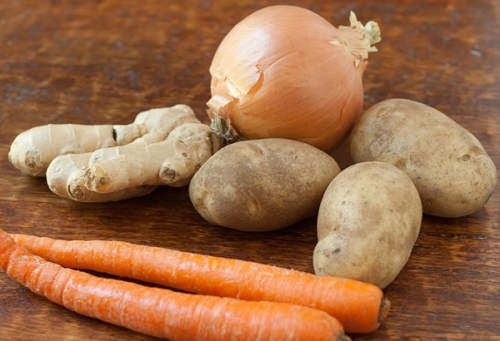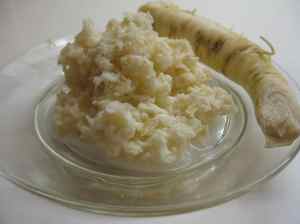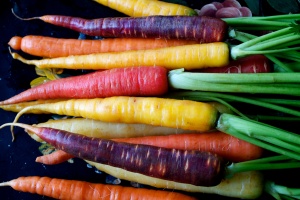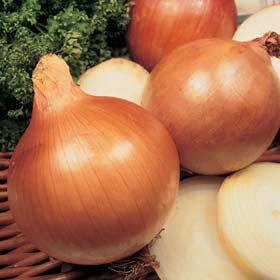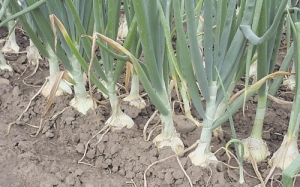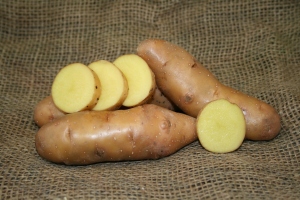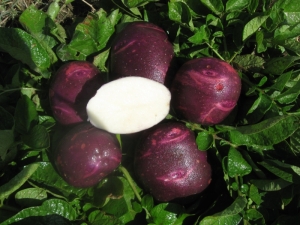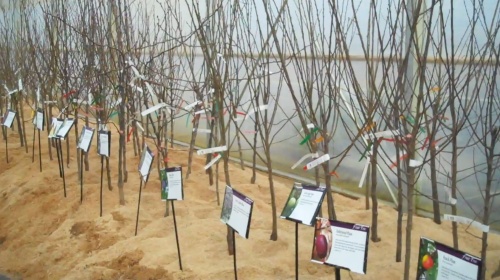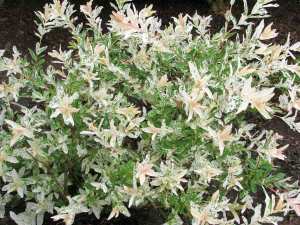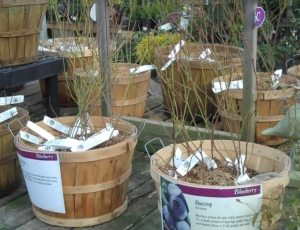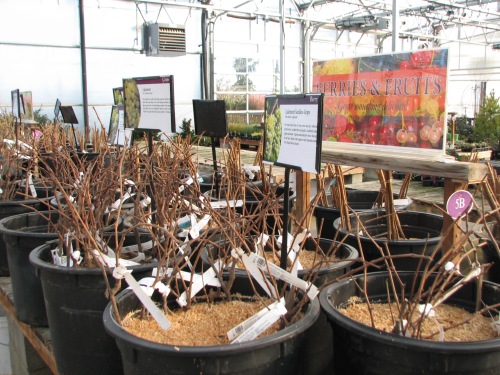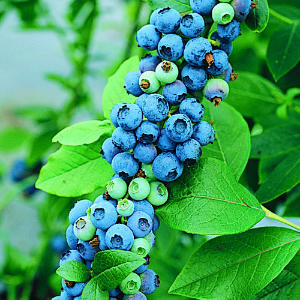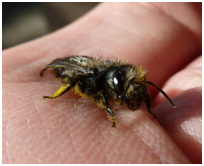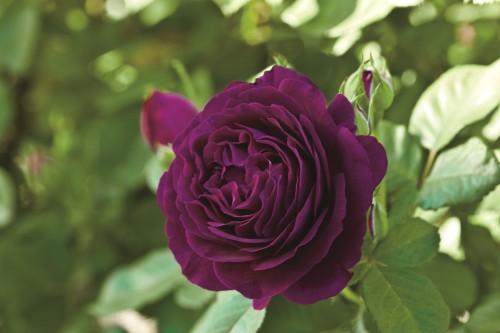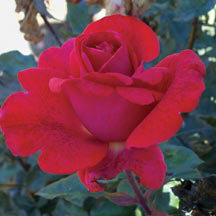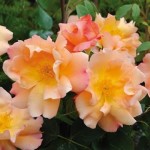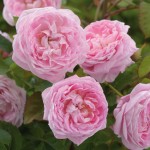 Though we call them “Pansies,” they are anything but wimpy. One of the toughest flowers, Pansies are perfect in our climate. They come packed with history, folklore, symbolism and fun facts.
Though we call them “Pansies,” they are anything but wimpy. One of the toughest flowers, Pansies are perfect in our climate. They come packed with history, folklore, symbolism and fun facts.
Wikipedia tells us that “the pansy is a group of large-flowered hybrid plants cultivated as garden flowers. Pansies are derived from viola species Viola tricolor, hybridized with other viola species. These hybrids are referred to as Viola. The common words “pansy” and “violet” are often used interchangeably. When a distinction is made, plants considered to be pansies have four petals pointing upwards, and only one pointing down. Violets have three petals pointing up and two pointing down.”
The Meaning of the Names:
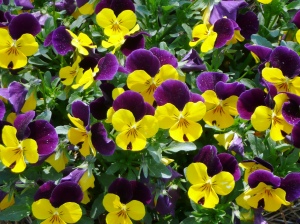 The website flowerforyou.org tells us that the Victorian meaning of Pansy is “to think,” particularly of love. If a maiden found a honeyflower and a pansy left for her by an admirer, it would mean “I am thinking of our forbidden love” in symbol rather than in writing. However, it is considered a bad-luck gift to man. Violet, however, means “modesty,” hence the term “shrinking violet.” Color also influences the message. Blue means “I’ll always be true, faithful and watchful,” whereas white means “let’s take a chance.”
The website flowerforyou.org tells us that the Victorian meaning of Pansy is “to think,” particularly of love. If a maiden found a honeyflower and a pansy left for her by an admirer, it would mean “I am thinking of our forbidden love” in symbol rather than in writing. However, it is considered a bad-luck gift to man. Violet, however, means “modesty,” hence the term “shrinking violet.” Color also influences the message. Blue means “I’ll always be true, faithful and watchful,” whereas white means “let’s take a chance.”
Use as Emblems:
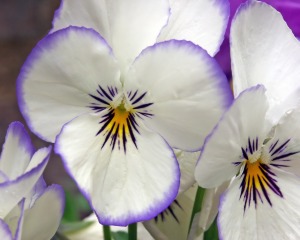 Several states, cities and organizations have chosen the violet or pansy to represent them. The common blue violet is the state flower of Rhode Island, Illinois and New Jersey, while Wisconsin chose the wood violet. Osaka, Japan has the pansy as its city flower. The Kappa Alpha Theta sorority’s flowers are black and gold pansies. The pansy is also Tri Delta’s flower. It is a symbol of alumnae membership and the third step in the lifetime development of Delta Delta Delta’s members. It is also is the symbol of freethought, its usage inaugurated in the literature of the American Secular Union in the late 1800s.
Several states, cities and organizations have chosen the violet or pansy to represent them. The common blue violet is the state flower of Rhode Island, Illinois and New Jersey, while Wisconsin chose the wood violet. Osaka, Japan has the pansy as its city flower. The Kappa Alpha Theta sorority’s flowers are black and gold pansies. The pansy is also Tri Delta’s flower. It is a symbol of alumnae membership and the third step in the lifetime development of Delta Delta Delta’s members. It is also is the symbol of freethought, its usage inaugurated in the literature of the American Secular Union in the late 1800s.
The reasoning behind the pansy being the symbol of freethought lies in both the flower’s name and appearance. The pansy derives its name from the French word pensée, which means “thought”; it was so named because the flower resembles a human face, and in mid-to-late summer it nods forward as if deep in thought. The French believed that pansies could make your lover think of you.
Folklore and Mythology:
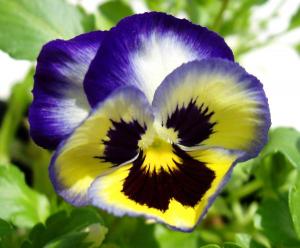 The three colors of the original pansy, purple, white and yellow, were thought to symbolize memories, loving thoughts, and souvenirs — all things that ease the hearts of separated lovers. The three petals were thought to be representative of the Christian doctrine of the Trinity, and thus the flower was sometimes called herb trinity.
The three colors of the original pansy, purple, white and yellow, were thought to symbolize memories, loving thoughts, and souvenirs — all things that ease the hearts of separated lovers. The three petals were thought to be representative of the Christian doctrine of the Trinity, and thus the flower was sometimes called herb trinity.
In German and Scottish folktales, pansies were called stepmother: the large lower petal is the mother, the two large petals to either side of her are the well-dressed daughters, and the two small upper petals are poor stepdaughters.
In another German story, the pansy at one time had a wonderfully strong, sweet scent. People would travel from miles around to smell this scent. In doing so, however, they would trample down the grasses surrounding the pansy. Because this ruined the feed for cattle, the pansy prayed to God for help. God gave the plant great beauty but took away the scent.
According to the doctrine of signatures, pansy leaves, which are heart shaped, were used to cure a broken heart.
Pansies were used to foretell the future for King Arthur’s Knights of the Round Table. Plucking a pansy petal, the knights would look for secret signs. If the petal had four lines, this meant hope. If the lines were thick and leaned toward the left, this meant a life of trouble. Lines leaning toward the right signified prosperity until the end. Seven lines meant constancy in love (and if the center streak were the longest, Sunday would be the wedding day). Eight streaks meant fickleness, nine meant a changing of heart, and eleven signified disappointment in love and an early grave.
History:
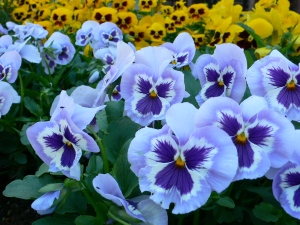 Pansy has dozens of common names, such as Johnny-jump-up, and the faces created by the patterns on the petals give rise to names like monkey faces, peeping Tom, and three faces in a hood. Its supposed magical powers in the ways of love resulted in names such as cull-me-to-you, tickle-my-fancy, love-in-idleness, kiss-her-in-the-pantry, and heartease.
Pansy has dozens of common names, such as Johnny-jump-up, and the faces created by the patterns on the petals give rise to names like monkey faces, peeping Tom, and three faces in a hood. Its supposed magical powers in the ways of love resulted in names such as cull-me-to-you, tickle-my-fancy, love-in-idleness, kiss-her-in-the-pantry, and heartease.
Nicholas Culpeper, a seventeenth century English writer, said that a syrup made from the flowers was used as a cure for venereal disease. The Ancient Greeks considered the Violet a symbol of fertility and love, and used it in love potions. Pliny recommended that a garland of violets be worn above the head to ward off headaches and dizzy spells. The Celts made a tea from the dried leaves and used it as love potion.
In Literature and the Arts:
 Pansies and violets play a central role in many well-known plays, especially those of William Shakespeare. In A Midsummer Night’s Dream, the juice of a pansy blossom (“before, milk-white, now purple with love’s wound, and maidens call it love-in-idleness”) is a love potion: “the juice of it, on sleeping eyelids laid, will make a man or woman madly dote (fall in love) upon the next live creature that it sees.” (Act II, Scene I). In Hamlet, Laertes wishes that violets may spring from the grave of Ophelia: “Lay her in the earth,/ And from her fair and unpolluted flesh/ May violet spring” (v.I). Even Ophelia refers to them, “There’s pansies, that’s for thoughts”, in Hamlet (Act IV, Scene V).
Pansies and violets play a central role in many well-known plays, especially those of William Shakespeare. In A Midsummer Night’s Dream, the juice of a pansy blossom (“before, milk-white, now purple with love’s wound, and maidens call it love-in-idleness”) is a love potion: “the juice of it, on sleeping eyelids laid, will make a man or woman madly dote (fall in love) upon the next live creature that it sees.” (Act II, Scene I). In Hamlet, Laertes wishes that violets may spring from the grave of Ophelia: “Lay her in the earth,/ And from her fair and unpolluted flesh/ May violet spring” (v.I). Even Ophelia refers to them, “There’s pansies, that’s for thoughts”, in Hamlet (Act IV, Scene V).
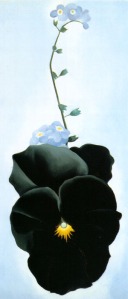 Legend says that at one time all pansies were white, and it was not until they were pierced by cupid’s arrow that they gained the purple and yellow colors. With the colors, however, came the magic power to be used in love potions.
Legend says that at one time all pansies were white, and it was not until they were pierced by cupid’s arrow that they gained the purple and yellow colors. With the colors, however, came the magic power to be used in love potions.
Throughout the ages, the violet has been the emblem of constancy. A Proverb states, “Violet is for faithfulness,/ Which in me shall abide, / Hoping likewise that from your heart/ You will not let it hide.”
In 1926, Georgia O’Keeffe created a famous painting of a black pansy called simply, Pansy. She followed with White Pansy in 1927. D. H. Lawrence’s Pansies: Poems by D. H. Lawrence was published in 1929.
Pansy was the name of a beloved Epiphone Elitist Les Paul Custom guitar with an Alpine White finish, played by guitarist Frank Iero (whose nickname, coincidentally, is also Pansy) of the band My Chemical Romance. Pansy was unfortunately broken during a show.
 Movie fans may remember Disney’s classical animated adaptation of Alice in Wonderland, which features a chorus of singing pansies.
Movie fans may remember Disney’s classical animated adaptation of Alice in Wonderland, which features a chorus of singing pansies.
Clearly, Pansies and Violas have played a major role in human activity for centuries. But, for most of us, what we love about these beautiful flowers is their vibrant colors, which include yellow, orange, red, white and even near-black (a very dark purple). They grow well in sun and partial sun and look fabulous in any garden.
Now is a great time to add the history and beauty of Pansies and Voilas to your yard. Come on in to The Plant Farm and pick up some of these colorful flowers (and feel free to use some of these fun facts to impress your friends!)
